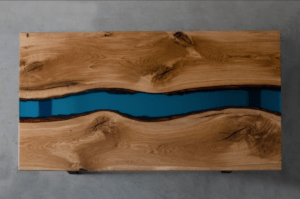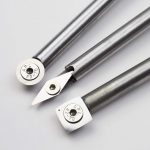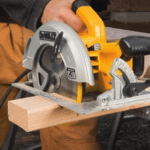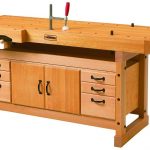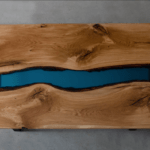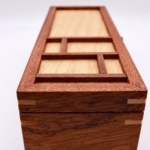I first saw the Shinto rasp on Amazon almost a year ago. Like many others, I didn’t know what this tool did or what to expect from it.
It wasn’t until I saw Paul Seller’s Shinto rasp review did I consider getting one. I bought the 9″ Shinto Rasp from Amazon for about $22.
Let me share with you my thoughts on the Shinto, how it works, and why I decided to keep it.
What is The Shinto “Saw-Rasp”
At first glance, the Shinto rasp looks like a bunch of hacksaw blades riveted together. It’s unlike most rasps you’ve seen or used, which is also probably why you might be skeptical of getting one.
The Shinto consists of 10 hardened saw blades meshed together in a honeycomb pattern. Instead of filing away materials, it’s cutting it away just like a saw would. However, the design itself prevents clogging and increases efficiency.
It comes in simple packaging, as you can see, with some basic instructions included.
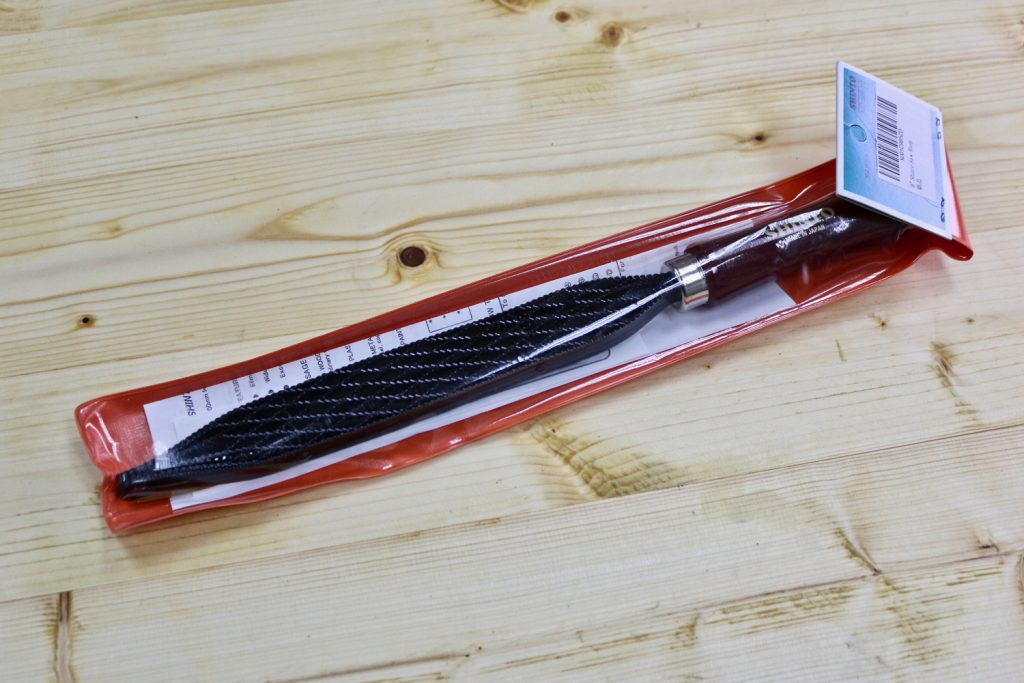
I’m attaching them here in case you need to refer, but it’s basic information about how to use (and how NOT to use) a rasp in general.



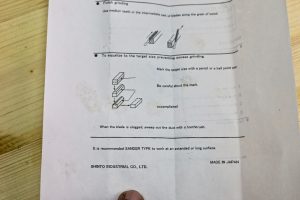
Interestingly, the manual seems to imply the purpose of the Shinto rasp is for creating beveled edges, but it can do so much more than that.

There are two sides on the Shinto rasp – corse and fine. The corse side is used for rough shaping, while the fine side is used for getting a finer surface.
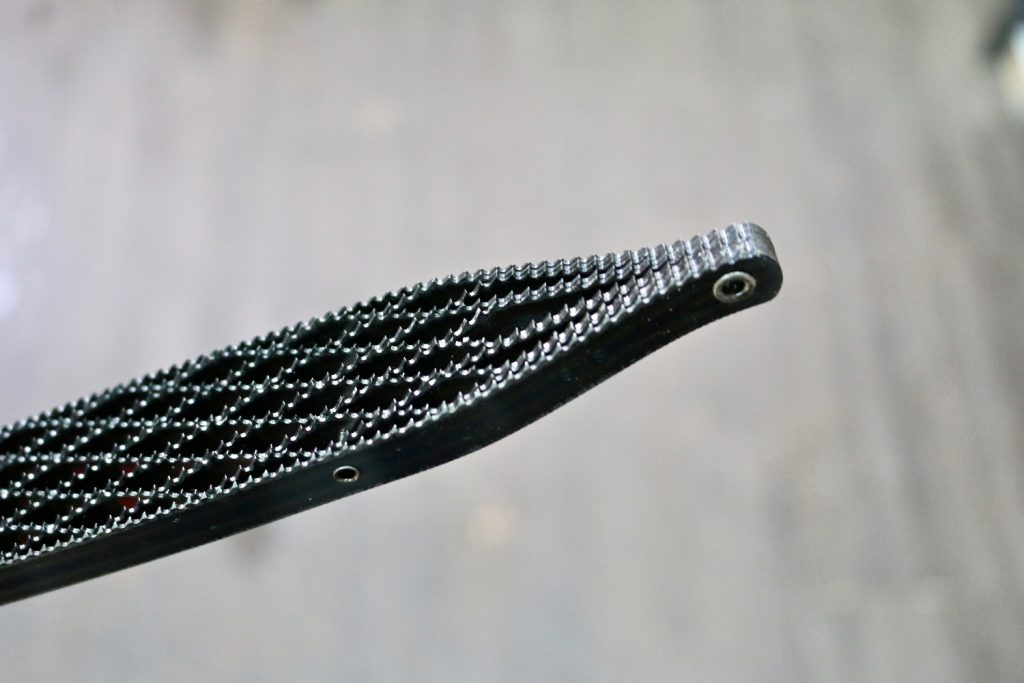
The saw tooth extends to the tip, which makes the Shinto rasp pretty useful for getting into tight corners.
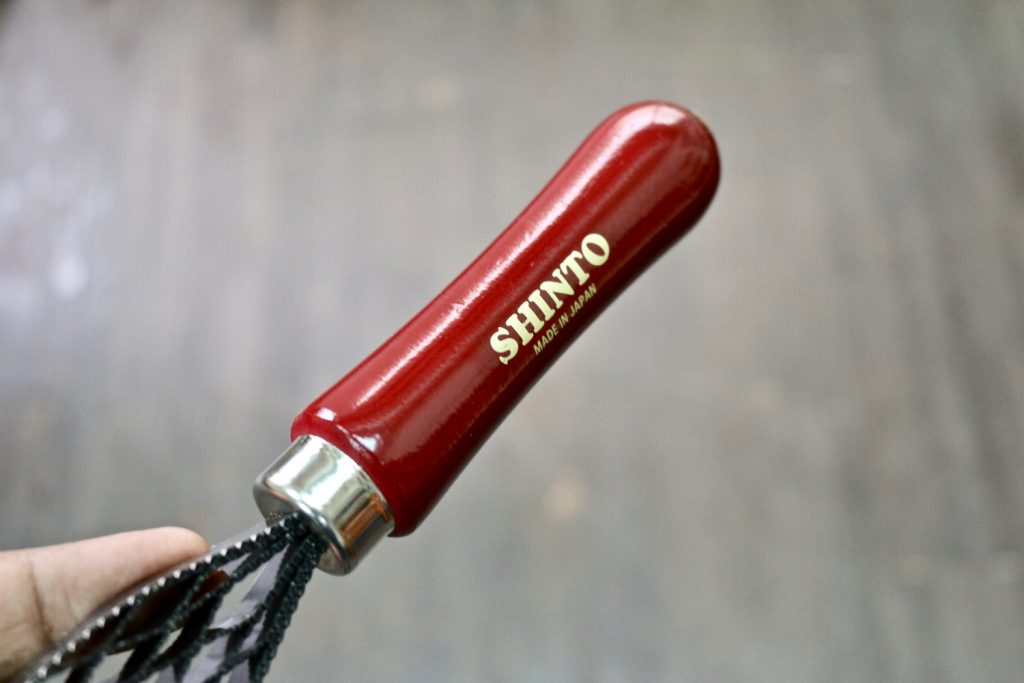
I bought the version with a handle. You can also buy the rasp (without the handle) or a “planer type” attachment that makes it function like some sort of hand-plane-rough-scraper.
Yes, it sounds weird and looks weirder, but I might even try that one day.
Testing The Shinto Rasp on Pine / Softwoods
The first thing I did was to test the Shinto rasp’s corse side on a piece of scrap pine wood. I could immediately feel how aggressive it was in removing material. It feels more like a saw than a rasp, but that makes a whole lot of sense.

Due to the larger surface area of the 9″ version, I managed to flatten the entire surface of this piece. There was no tearout, but the surface was pretty rough and jagged.

I then switched to the fine side and smoothened over the surface. The finished surface was smooth but not as smooth as the finish from a block plane, or even from using 240 grit sandpaper.
I would not say that it is a surface that is ready to be finished.
Using the Shinto on Dense, Burl Wood
Pine is a piece of cake for this aggressive rasp. But how about hardwoods, and especially burl wood? I just can’t conclude this Shinto rasp review without putting it to the test.
One of the challenges I face when working with burl wood is making use of offcuts like this one. It is a piece of Malaysian burl wood, Langsat Kuning. I am not sure what the international trade term is.
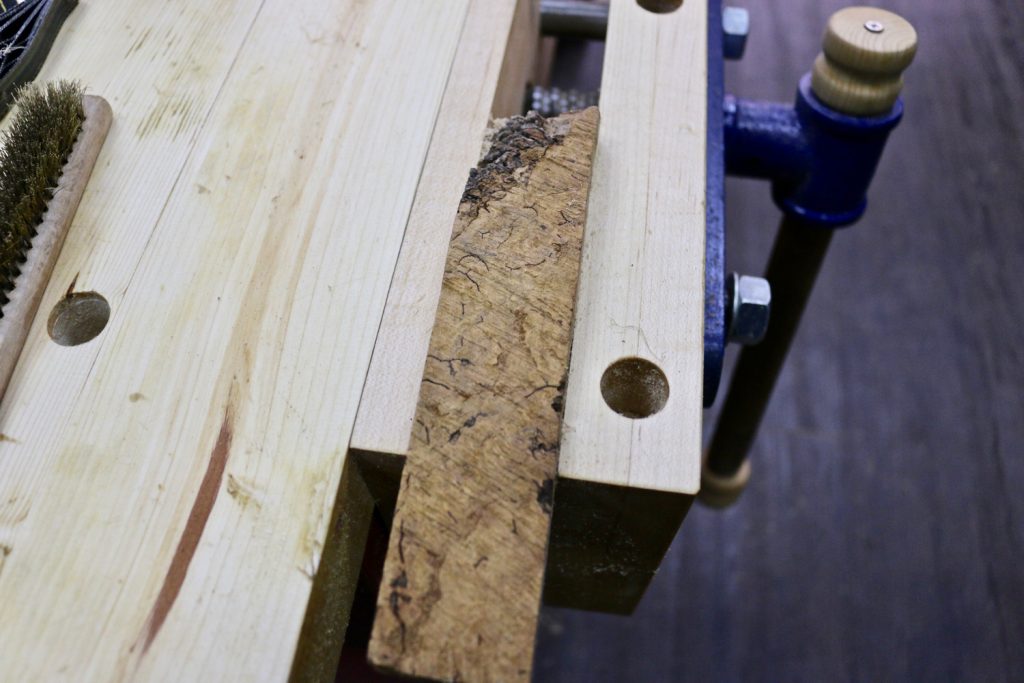
These irregular offcuts need to be flattened before I can make any use of them. My other rasps can do the job, but they also tend to cause big tear-outs and damage to the wood.

Using the aggressive rough side of the Shinto rasp, I was able to flatten the top part of this burl wood pretty easily. I think it took about 1/4 of the time it usually does with a regular rasp.
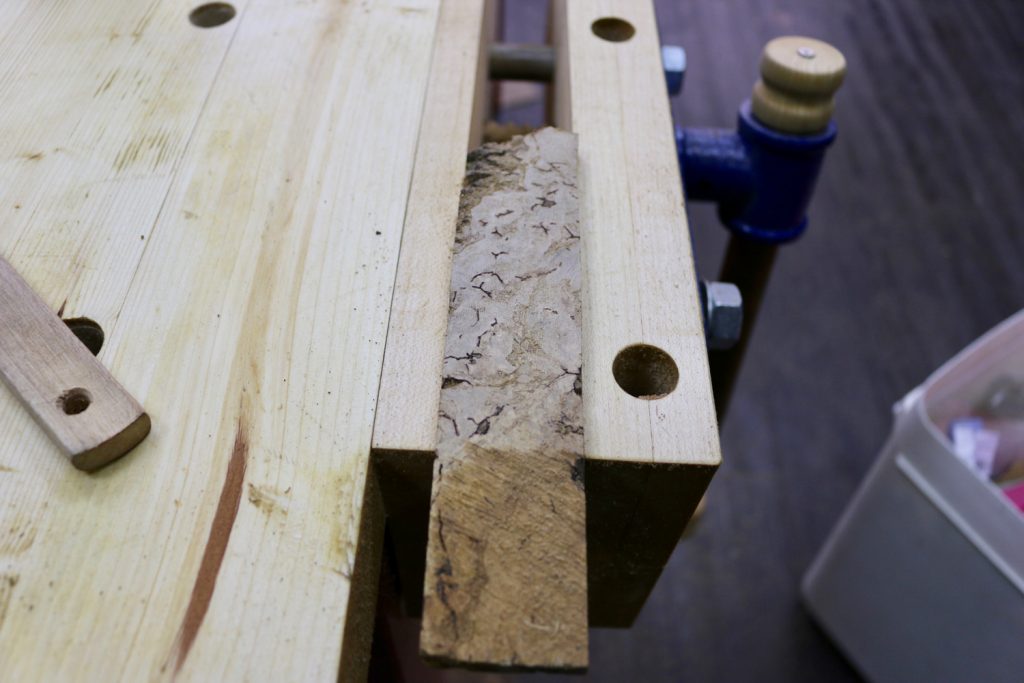
I switched over to the fine side and got a pretty good surface. I then switched to my Stanley block plane and was able to get a smooth finish quite easily.

In this light, after cleaning up with denatured alcohol, you can see how flat and clean the surface is. This surface is ready for lacquer or an oil-rubbed finish.
Just the fact that the Shinto rasp makes flattening weird burl offcuts so easy makes it worth the purchase, in my opinion.
Shinto Rasp Review – My Conclusions
Overall, I am thrilled with the Shinto rasp. Here are some quick conclusions for the Shinto rasp review, after using it for a few more days.
PROS:
- It cuts fast and smooth – I think it can easily replace my other rasps for large pieces.
- It is effortless to clean – Use your wire brush to remove dust from between the teeth easily. Just tapping the rasp gently on your workbench will remove 90% of the dust.
CONS:
- The handle is too small – For a rasp this big, the handle feels out of place. I’m not a very big guy, yet I was longing for a larger handle. I might have to create my own wooden tool handle for this one.
- Only two sizes – Other than the 9″ and 12″, there are no options for the Shinto rasp on Amazon. I wish they will consider making a smaller 4″ or even 3″ version for fine woodworking on smaller pieces.
Overall, I’m pretty happy with the Shinto rasp. Other than for creating curves, this rasp looks like it can replace most of the other rasps I own. It does a fantastic job and quickly flattening surfaces and creating bevels.



